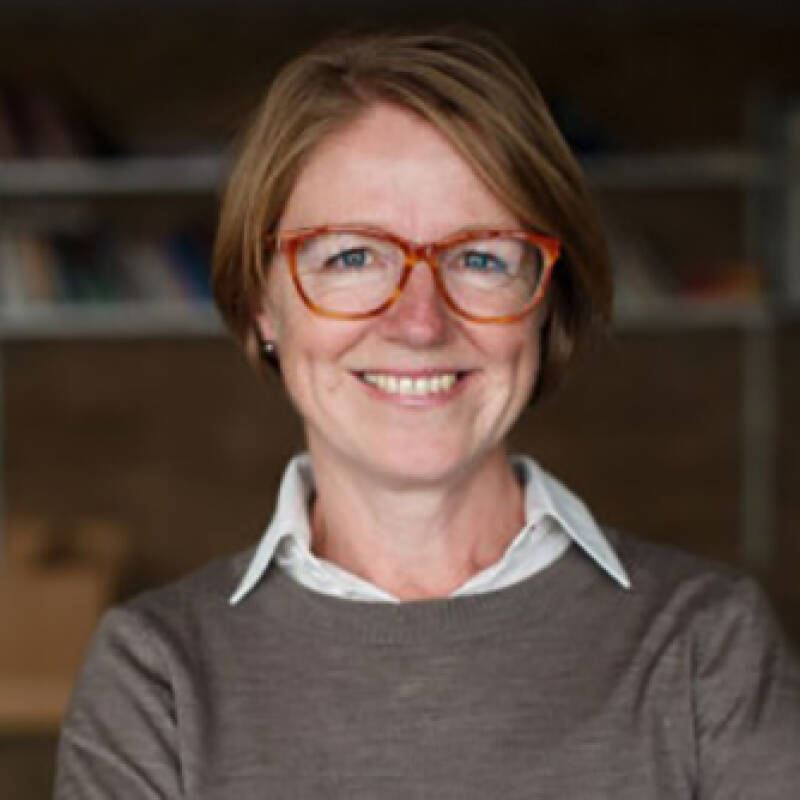By Professor Catherine Richardson, Director of the Institute of Cultural and Creative Industries at the University of Kent
The place agenda is growing in importance in the UK, and as we come out of the pandemic there is a key role for universities to play in both recovery and the development of place partnership models. Creative Estuary, along with 4 other large-scale, place-based projects in the UK, sits within the Cultural Development Fund (CDF) programme – but it is the only one led by a university. And it is interesting to note that it is Creative Estuary that is leading on the learning across the projects.
At a recent webinar hosted by Arts Council England, looking at the civic role of the creative industries, Creative Estuary Chair Sarah Dance and I jointly discussed how the wide partnership of Creative Estuary was established, sharing what has worked well and what lessons have been learnt in the process.
Here I would like to share with you part of that discussion, and to highlight three key ingredients that universities can bring to the civic development agenda in their support for projects like Creative Estuary:
The first is AUGMENTATION – Universities are ‘sticky’ environments in which we can roll our projects to grow them into something larger. They come with multi-disciplinary expertise, experience, and benefits, including:
Second, STABILITY – Universities tend to stay in their places for a long time, have established missions and values, and bend less than some bodies to changes in political agendas. They can therefore act as guardians of project legacies and keep any learnings in play within their local communities so that work can be built upon in the future rather than redone.
And finally, what all else is dependent on – CONNECTIONS! Big place-making projects like Creative Estuary need to be ‘plugged in’ to maximise their impact. Just before the Art of the Civic event, as lock-down began to ease, I spent some time watching electric cars at service stations on the M6(!), and it seemed like a useful analogy for that relationship between Higher Education Institutions, with their wealth of research and education expertise but their bewildering complexity from the outside: we need University ‘charging points’ which enable quick and easy ways for projects (and partners) to plug into the HEI grid.
If they have the right structures, universities can feed the excitement of civic projects directly to individual staff and students. The kind of gateways they provide can form strong connections between on- and off-campus work, and points of connection between different disciplines. Universities can make civic engagement broad and impactful, as well as deep and face-to-face.
The opportunity for universities to support the Civic development agenda in their localities is now, the need is now, and the challenge is now. But it can’t and won’t be done by one department in one section of a university. One of the most amazing things about universities is the extent and depth of work that happens, and one of the most amazing things about creativity is that it doesn’t sit in one area but reaches across all our lives. Bring all of that together and the potential is huge, but it takes time, agility and genuine partnership. The most effective ways of doing this will differ for each region, but at Kent’s Institute of Cultural and Creative Industries we are really interested in opening up debate about how we best achieve it – we would love to hear from you…
About the author
Professor Catherine Richardson is Director of the Institute of Cultural and Creative Industries at the University of Kent, which is leading the CDF project to transform the Thames Estuary into one of the most exciting cultural hubs in the world.
Previously Director of Research and Associate Dean for Research, Catherine has a wealth of experience in developing collaborative research practices at Kent, including the University of Kent’s Signature Research Themes and working with businesses and institutions, mainly in the Heritage and GLAM sectors, to apply that research in meaningful ways that open up new audiences.
 Professor Catherine Richardson, Director of the Institute of Cultural and Creative Industries at the University of Kent
Professor Catherine Richardson, Director of the Institute of Cultural and Creative Industries at the University of Kent